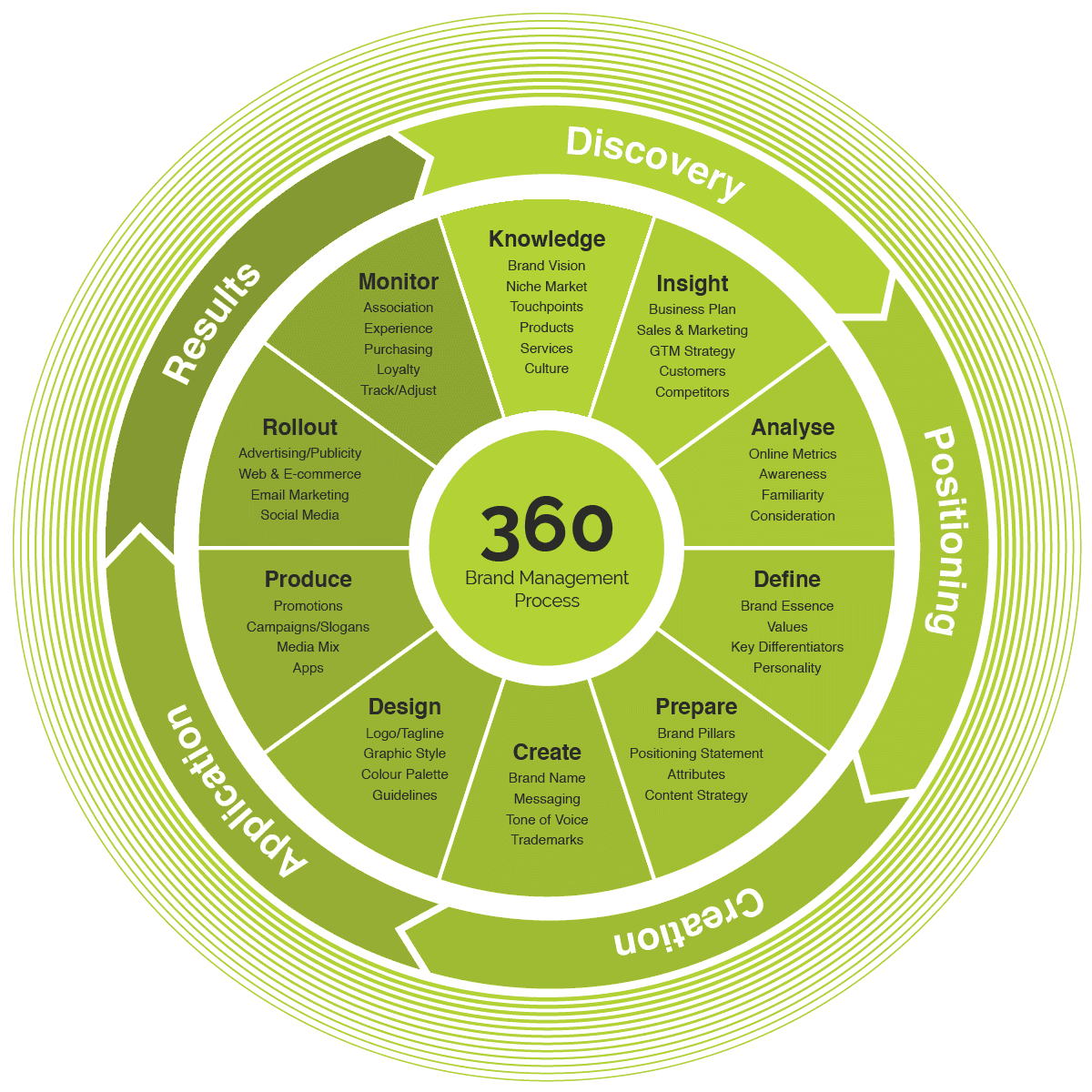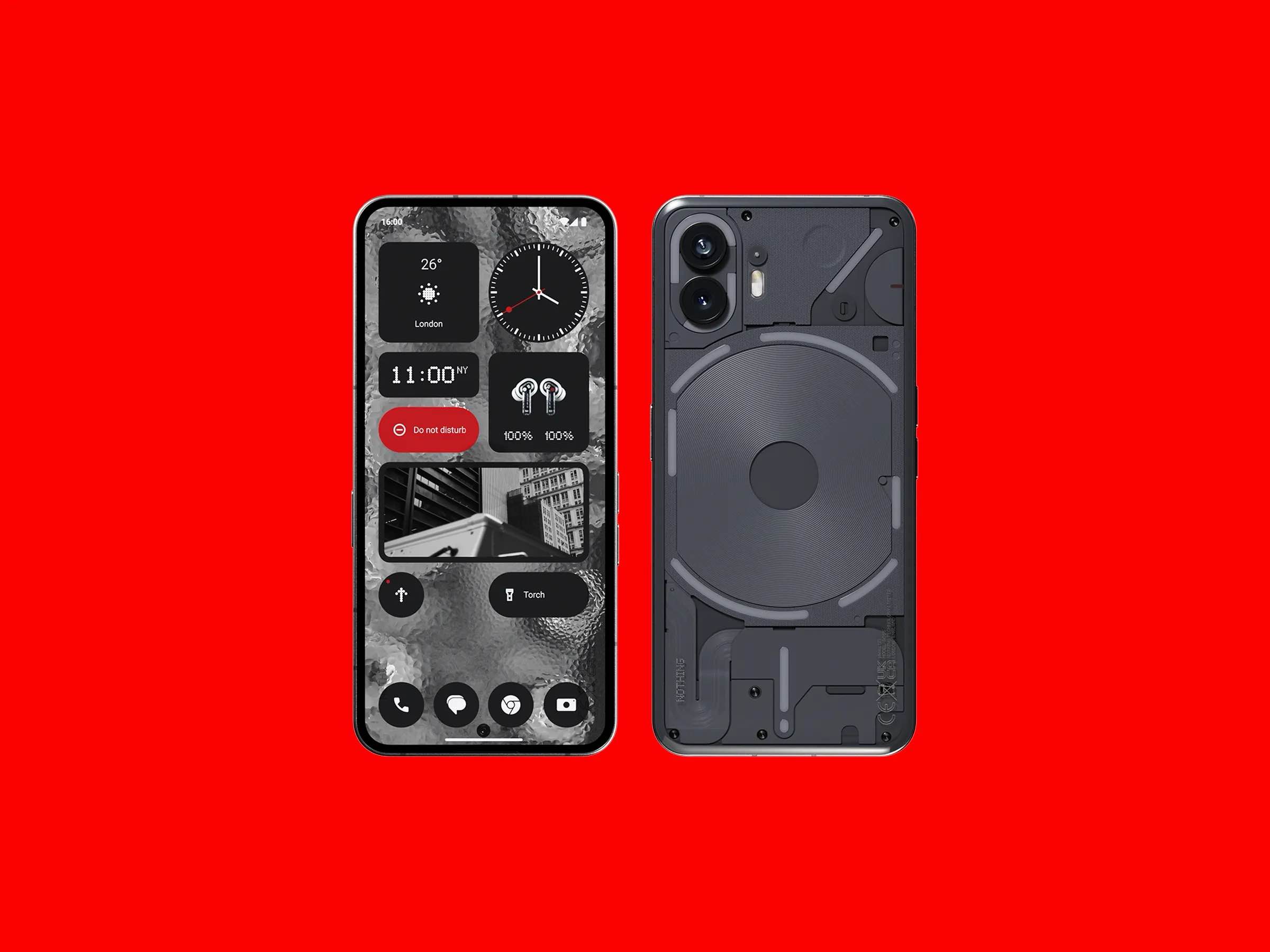The Future of AI
Familiar Interfaces, Not Chat Apps

Jun 5, 2024
The Future of AI: Familiar Interfaces and Catalytic Innovations
As we look towards the future of AI, several key points stand out:
- AI's future won't be centered around chat apps.
- The most successful AI interfaces will be familiar to us.
- Historical computing trends reinforce these points.
Learning from History
To understand where AI is headed, we can draw parallels from the evolution of computing:
Business Computers ➡️ Personal Computers ➡️ Mobile Computers ➡️ AI Computers
Each leap was driven by a catalytic interface innovation that built on existing tools, making them more accessible and user-friendly. Let's delve into some examples to better understand this pattern.
The Personal Computer Revolution
Consider the transition to Personal Computers (PCs). While early computers like the Commodore 64 existed, they were often bulky, complex, and not very user-friendly. The Apple Macintosh changed this by introducing the mouse and graphical user interface (GUI). These innovations made computers more intuitive and easier to use for the average person, not just tech-savvy individuals.

The original Mac ads highlighted these differences, making it clear that this was a significant leap forward. It was like comparing a horse-drawn carriage to a Ferrari—both can get you from point A to point B, but one does it much more efficiently and comfortably.
The Smartphone Revolution
Similarly, the smartphone revolution was ushered in by the iPhone. Before the iPhone, mobile devices like PDAs and Blackberries were common, but they were often clunky and limited in functionality. The iPhone introduced multi-touch gestures and a larger, more responsive touchscreen. This made interacting with the device intuitive and enjoyable, revolutionizing mobile technology.

The iPhone didn't just add new features; it redefined the user experience, making it more accessible and engaging. Swiping, pinching, and tapping became second nature to users, demonstrating how a familiar tool could be transformed through innovative design.
The Historical Formula for Success
The historical formula for technological success is:
- Start with a popular, existing tool.
- Add a catalytic interface innovation.
- Unlock unique value through this combination.
People prefer improvements to familiar tools over entirely new technologies. This approach ensures easier adoption and greater impact. Just like how adding bacon to a dish makes it instantly better, enhancing existing tools with innovative interfaces makes them more appealing and functional.
Catalytic Interface Innovations in AI
For AI, the key innovations are:
- Computers can now read and see. This means they can process visual data and understand text, images, and videos, making them more versatile and capable of complex tasks.
- Computers can now mimic human interactions. This involves natural language processing and generation, allowing AI to engage in conversations, understand context, and provide relevant responses.
The challenge is to find which existing tools can best incorporate these AI capabilities to maximize their value.
Ideal Platforms for AI Integration
The most promising platforms are:
- PC operating systems: These are already integral to our daily work and personal lives. Integrating AI into PC operating systems can enhance productivity tools, automate tasks, and provide intelligent assistance.
- Mobile operating systems: Our smartphones are essential tools for communication, entertainment, and productivity. AI can make these devices even smarter by offering personalized recommendations, automating routine tasks, and providing real-time assistance.
- Cross-platform web browsers: Web browsers are our gateways to the internet. AI can enhance browsing experiences by offering intelligent search results, personalized content, and advanced security features.
These platforms have large user bases, access to personal and professional data, and support for authenticated applications, making them ideal for AI integration.
Why Chat Apps Fall Short
Chat apps are unlikely to be the primary platform for AI because:
- They are designed for human interaction, not interfacing with computer systems. Chat apps are great for communicating with people but are not optimized for managing and manipulating data or performing complex tasks.
- They are not optimized for dynamic information manipulation. While chat apps can handle text-based interactions, they are not well-suited for more complex tasks that require real-time data processing and interaction with multiple applications.
Natural Language and Linear Thought
AI thrives on natural language and linear thought, suggesting that these elements should be integrated into more familiar computing interfaces rather than chat apps. This means incorporating natural language processing and generation capabilities into tools we already use, making them more intuitive and user-friendly.
Conclusion
The future AI interface will likely resemble tools we already use, enhanced with new, high-impact innovations. This approach ensures that AI meets us where we are, making adoption seamless and intuitive.
In the end, the most successful AI interfaces will be those that build on familiar tools, making them more powerful and user-friendly without requiring us to learn entirely new technologies. This strategy will make AI a natural and integrated part of our daily lives.
But only time will tell how these innovations will unfold!
Next Thoughts
It's currently
in Savannah, GA.
The weather is
,
with a temperature of
.
It always seems impossible
until it's done.
— Nelson Mandela
Thanks for reading -
© 2024

